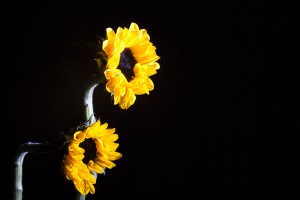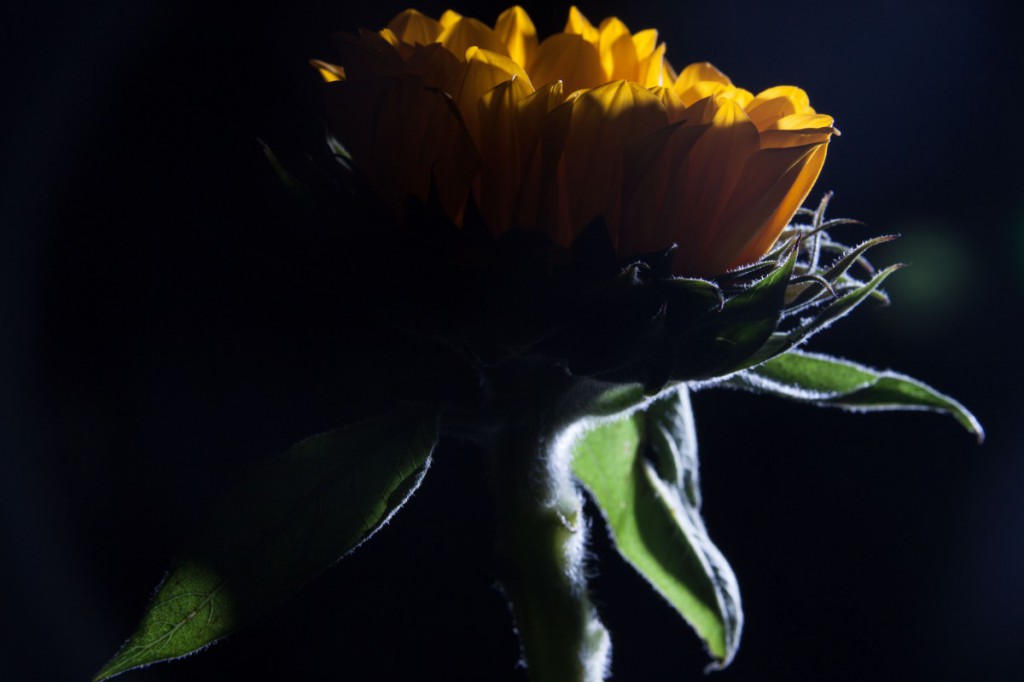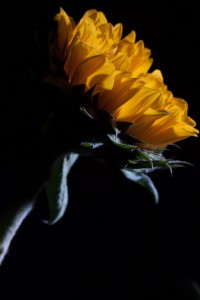Irving Penn, On Assignment
Irving Penn shot photographs for Vogue magazine covers. Most of his photographs were of still life, which was unusual for a fashion magazine, but that was his trademark. Irving Penn used several viewpoints in his photographs, but most of them had high contrast, such as Corner Portraits photographs of men and women against a corner, shot in black and white, they all used high contrast with light always on their faces to make their expressions and personality stand out. Most of Irving Penn’s photograps for Vogue’s cover often used shallow space and in focus.
Nick Brandt, Across the Ravaged Land
Nick Brandt’s photographs were mainly of wild animals typically found in Africa, with the exception of some photographs of men holding holding up elephant horns. All of the photographs are taken in a way to help make the viewer aware of the suffering and struggle for survival these animals are in, and the possible extinction of them is action isn’t taken. All of the photographs were taken in black and white and often showing deep space, and shallow depth of field. They were mainly all taken at eye level and emphasized texture; I felt that his helped the photographs feel more personal and real to the viewers.
Robert Polidori, Versailles
Robert Polidori’s photographs consisted of past and present shots taken of the interior designs of rooms in the palace of Versailles, France. His photographs show how these once elegant rooms filled with elegant textures, patterns and marble floors have aged, and become in need of remodeling. He conveyed this by taking photographs of the palace for several years, and showing the viewer rooms of the palace at different time periods. All of his photographs were taken in color, and in focus. They were all taken at eye level, and mainly used shallow space.
Susan Derges, New Work
Susan Derges, unlike the other photographers, created photograms instead of using a camera to take photographs. Her photograms were mainly of nature, many of them silhouettes of water, branches, bridges, and consisted of one color, in combination with black and white. The photos she created using this process gave them a unrealistic but dreamy sort of look, in the way the strong negative and positive shapes she created and the way the ripples are shown almost making them look like a reflection. Her phogographs appear to use deep space and vary on viewpoints from photo to photo.
Olivo Barbieri, Alps-Geographies and People
Olivo Barbieri photographed landscapes of snowy mountains from high altitudes, often including people climbing said mountain. He edits his photographs combining shapes of flat color with the detailed photograph taken, giving the appearance of raster and vector merging into one. The objects often shown as flat color are the sky in some shade of blue, or the snow, in pure white. Olivo Barbieri used deep space, and positive/negative space, and extensive depth of field throughout all of his photographs, with many of them from a high angle viewpoint.
Phillip Lorca DiCorsia, Hustlers
Phillip Lorca DiCorsia’s photographs consisted of shots taken in Hollywood, of several male prostitutes in bedrooms or in the streets. All the photographs were taken from interesting compositions and body expressions, conveying to the viewer that there’s a story behind the photo. The photographs had amazing use of lights and dark, Phillip Lorca DiCorsia used shallow depth of field in all of his photographs, always keeping the male in focus, many of them taken at eye level.







